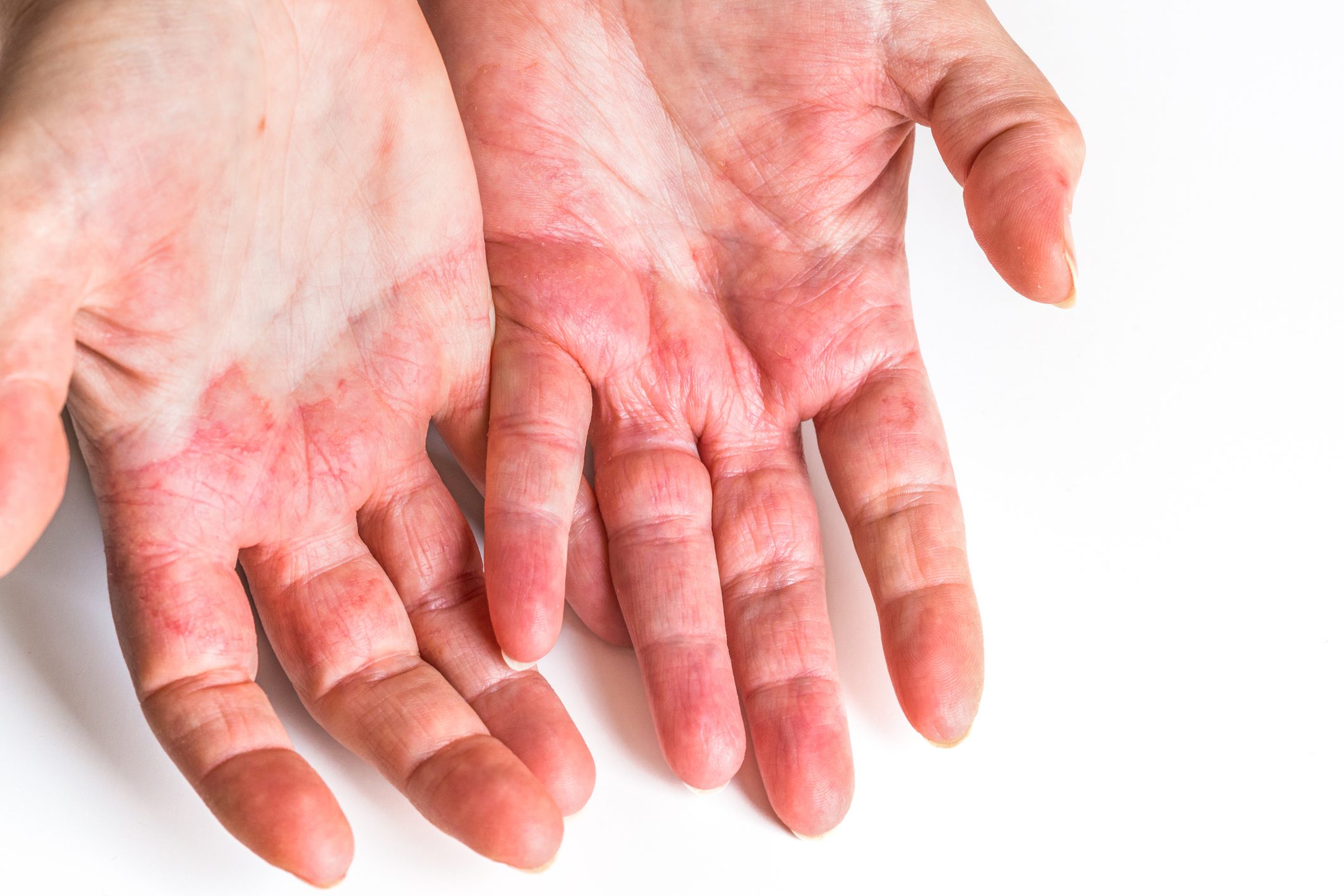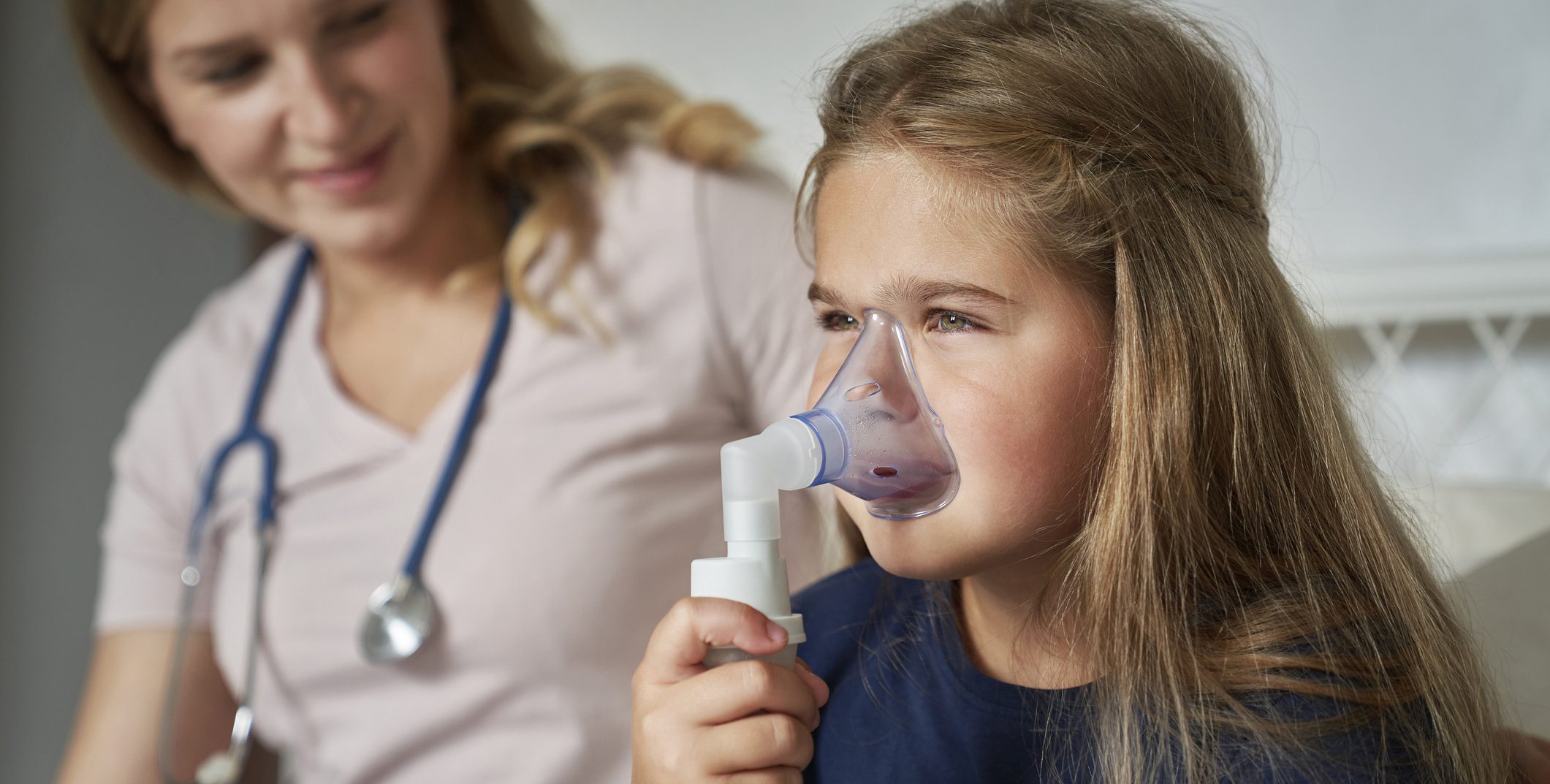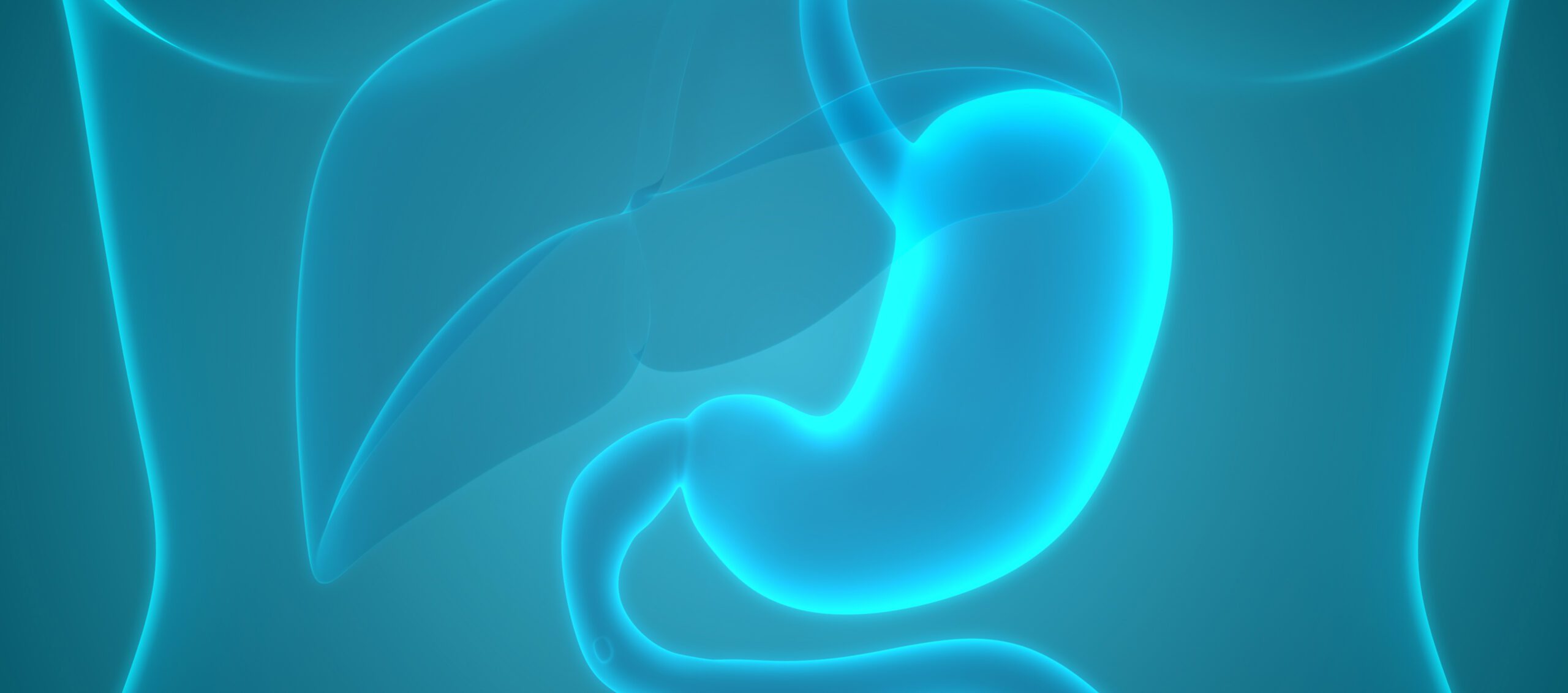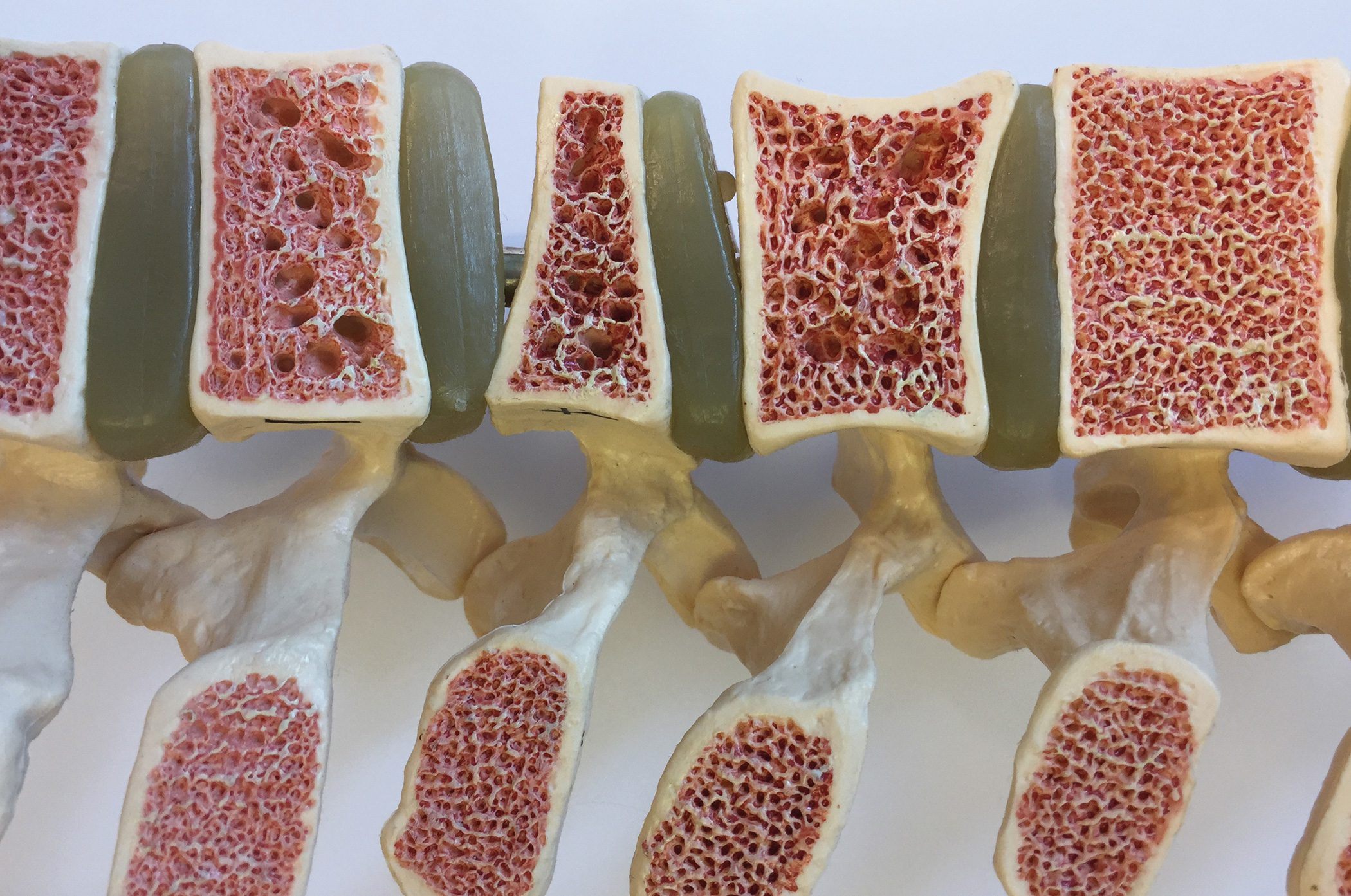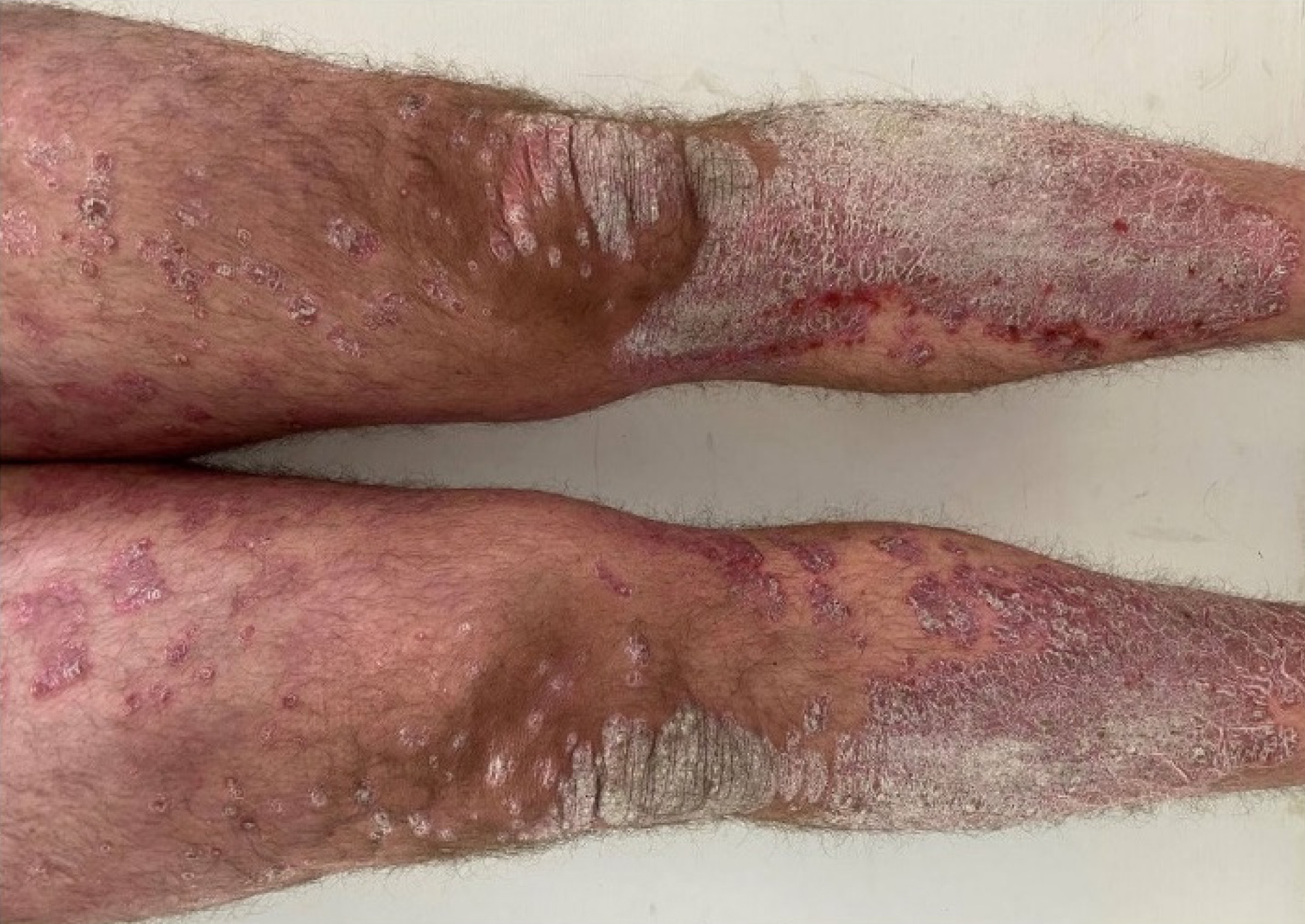Chronic wounds are associated with increased morbidity and mortality. This trend will increase in the future due to the growing elderly population and rising diabetes rates. New data show that canisterless negative pressure wound therapy is an optimized patient-friendly alternative to traditional vacuum therapy.
Diabetic foot syndrome is a collective term for pathological changes in the lower extremities of diabetic patients. Diabetes is among the most common causes of chronic wounds [1]. Dr. med. Alfred Tylla and Thorsten Prennig from the interdisciplinary wound team (iWT) in Neumarkt (D) reported on current findings from research and practice at the Nuremberg Wound Congress [2]. Approximately half of those affected by diabetic foot syndrome have relevant pAVK [3]. Wound healing disorders are common in diabetes and cause injuries to develop into chronic wounds. In negative pressure wound therapy (NPW), wounds are covered airtight and a slight negative pressure is created in the wound area, which has a beneficial effect on healing. Chronic wounds can be treated using conventional vacuum therapy [4], but it is complex to use and limits patients’ mobility [5]. Canisterless negative pressure wound therapy represents an optimized patient-friendly alternative in the field of vacuum therapy, as shown by recent research findings [7].
|
PICO sNPWT* is an active system based on negative pressure wound therapy to treat incisions, skin grafts, acute and chronic wounds. Wound healing is accelerated compared to traditional vacuum therapy (tNPWT**) and the risk of suture dehiscence and infection is reduced. www.smith-nephew.ch |
Increased vulnerability to chronic wounds
In diabetics, the impaired glucose metabolism can lead to damage of the peripheral nerves (diabetic polyneuropathy), which contributes to a weakening of the tension state of the foot muscles [2]. This changes the stress zones and pressure points. The limited sensation of pain and repetitive pressure in everyday life favor the development of ulcers or necrosis [3]. Unsuitable footwear and limited joint mobility are other factors that promote ulceration [2]. Approximately 0.8-10% of all diabetics develop foot ulcers during the course of the disease [2]. Important preventive measures include pressure-relieving footwear and timely treatment of preulcerative foot lesions [3]. If foot ulcers have already formed, local wound treatment is one of the therapeutic options [2]. If left untreated, chronic wounds are associated with significant health limitations for those affected [6].
New data on canisterless negative pressure wound therapy
The randomized-controlled multicenter clinical trial (RCT) was conducted in the United States and Canada and compared the efficacy and safety of canisterless negative pressure wound therapy (PICO sNPWT) with conventional negative pressure wound therapy (tNPWT) in the treatment of patients with lower extremity ulcers lasting longer than 4 weeks [7]. Canisterless negative pressure wound therapy was shown to be superior to the traditional option in terms of reduction of wound area, depth, and volume in diabetic foot syndrome and venous leg ulcers. The duration of the study was 12 weeks [7]. A total of 164 patients were randomized to receive either PICO sNPWT or tNPWT. Compared to tNPWT, greater average reductions in wound area (39.1%, p<0.001), wound depth (32.5%, p=0.014), and wound volume (91.1%, p=0.013) were measurable in the sNPWT condition [7]. The number of patients achieving wound closure within 12 weeks increased by 51% with PICO sNPWT compared with tNPWT. In addition, the wound dressing had to be changed less frequently than with tNPWT – on average, 6.8 fewer changes and 3.4 days longer wearing time were observed. In addition, compared with tNPWT, there were fewer patients with adverse events and overall satisfaction was greater with PICO sNPWT.
PICO® is a mobile negative pressure wound therapy system for single use [8,9]. It consists of a self-adhesive wound dressing, which is connected to a pump via a tube. This is powered by two AA batteries and builds up a preset negative pressure of 80 mmHg for one week [10]. Different lengths and widths are available. The special PICO sNPWT wound treatment incorporates proprietary AIRLOCK technology for uniform and consistent application of therapeutic NPWT throughout the wound and adjacent injury area [10]. By minimizing the need for wound fillers and fewer dressing changes compared to conventional tNPWT [7], PICO sNPWT provides an undisturbed healing process and reduces healing time, improves the quality and distribution of granulation tissue, and unifies re-epithelialization [11].
* canisterless Negative Pressure Wound Therapy System (sNPWT).
** Traditional Negative Pressure Wound Therapy (tNPWT)
Literature:
- Werdin F, Tenenhaus M, Rennekampff HO: Chronic wound care. Lancet 2008; 29; 372(9653): 1860-1862.
- Tylla A, Prennig T: Diabetic foot syndrome and wound infection – interdisciplinary infection management. 02. Nuremberg Wound Congress, Dec. 06, 2019.
- Morbach S, et al: Diabetic foot syndrome…. Diabetology 2017; 12 (Suppl 2): S181-S189.
- Birke-Sorensen H, et al: Evidence-based recommendations for negative pressure wound therapy: treatment variables (pressure levels, wound filler and contact layer) steps towards an international consensus. J Plast Reconstr Aesthet Surg 2011; 64 Suppl: S1-16.
- Hurd T, Trueman P, Rossington A: Use of a portable, single-use negative pressure wound therapy device in home care patients with low to moderately exuding wounds: a case series. Ostomy Wound Manage 2014; 60(3): 30-36.
- Powers JG, et al: Wound healing and treating wounds: chronic wound care and management. J Am Acad Dermatol 2016; 74(4): 607-625.
- Kirsner R, et al: A Prospective, Randomized, Controlled Clinical Trial on the Efficacy of a Single-use Negative Pressure Wound Therapy System, Compared to Traditional Negative Pressure Wound Therapy in the Treatment of Chronic Ulcers of the Lower Extremities. Wound Rep Regen 2019, [Epub ahead of print], https://doi.org/10.1111/wrr.12727.
- Smith & Nephew: www.smith-nephew.com/deutschland/fachgebiete/wundmanagement/kanisterlose-npwt/pico/
- Pressemitteilung 23.01.2020, www.businesswire.com/news/home/20200123005374/de/
- Smith & Nephew: Project Opal PICO 7 System Stability Testing, Initial Time Point. Internal Report. DS/17/253/R. October 2017.
- Brownhill R, et al: Pre-clinical Assessment of a No-canister, Ultra-portable, Single use Negative Pressure Wound Therapy (sNPWT) System in a Porcine Model of Wound Healing: Unlocking its Mode of Action. Poster presented at the Advanced Wound Care (SAWC) Conference, May 7-11, 2019, San Antonio, Texas.
DERMATOLOGIE PRAXIS 2020; 30(1): 36 (published 2/27/20, ahead of print).








